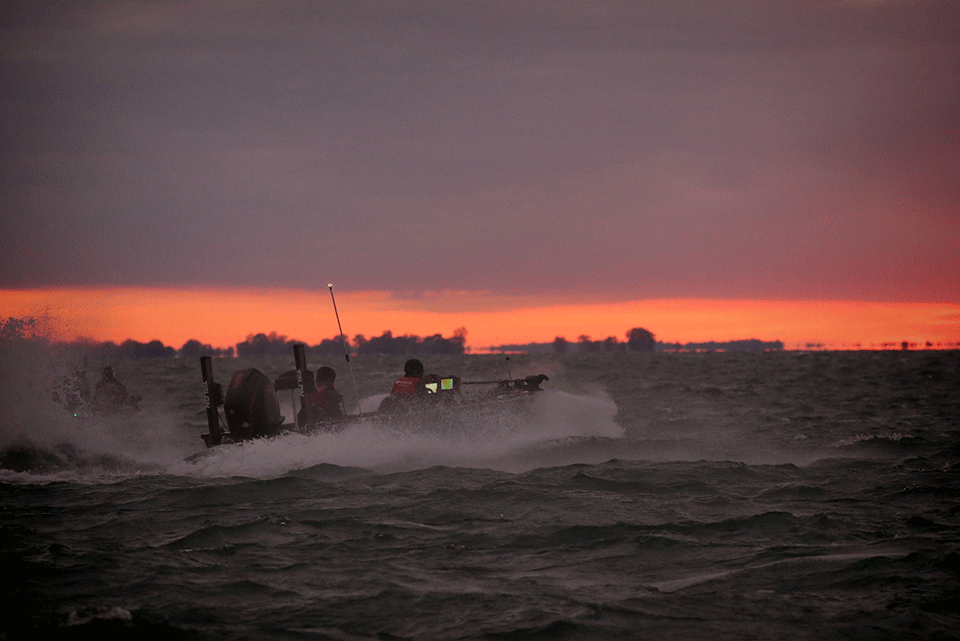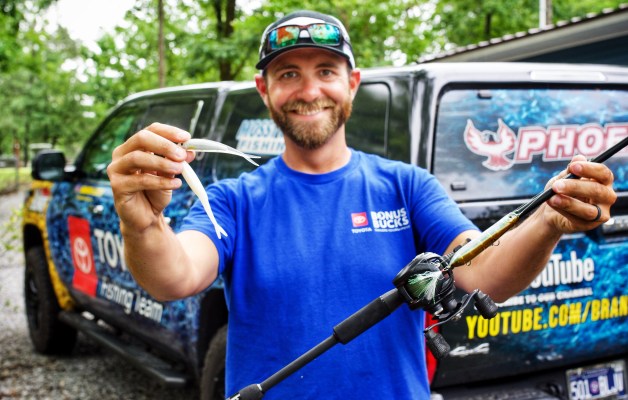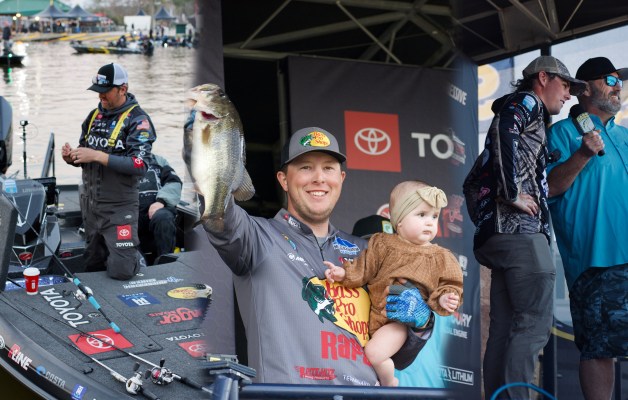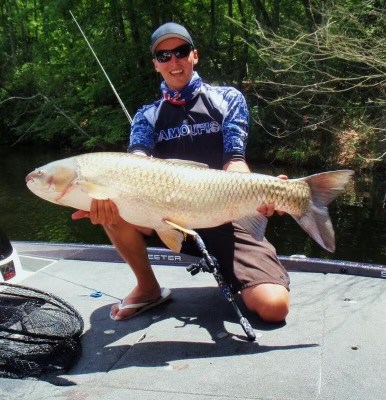
If you follow bass fishing, I don’t have to tell you what a special place Lake St. Clair is.
It’s one of the best – if not the best – smallmouth bass fisheries in the country.
And it just keeps getting better.
The lake is extra special to me because I won there in 2001.
Being from South Carolina, I didn’t catch my first smallmouth until I fished the 1992 Bassmaster Invitational at the Thousand Islands, N.Y. I finished 110th and discovered I had a lot to learn about those brown fish and needed to learn it quickly. It was evident that Bassmaster was going north more often because the smallmouth tourneys were exciting, and it was a great part of the country to be in that time of year.
My next experience was at Lake St. Clair, a featureless lake, similar to Lake Moultrie near me, with very little depth difference and vegetation everywhere.
Some anglers chose to fish for largemouth in the canals, but I knew if you weren’t chasing brown fish, you weren’t going to win. So I pre-fished in the St. Clair River because of the current breaks and contour would help me narrow down likely hotspots.
Back then all I owned was a hand-held GPS that would get me within 50 feet of a waypoint. I finished 44th out of 100 anglers and fell in love with that river.
I learned a lot about smallmouth and fishing that big body of water.
To illustrate how much better the lake has gotten, a 10-pound average per day in those early years would get you a check. Today, a 10-pound average will get you laughed off the stage!
For example, I won there in the fall of 2001 with a four day weight of 68-1, so you could see things changing. In that tournament, I caught half my fish in the river and the other half in the lake.
The introduction of gobies – non-native forage – is a big reason why smallmouth in St. Clair and many other lakes linked to the Great Lakes have gotten bigger. When the Bassmaster Elites were last there in 2020, it took more than 86 pounds to win.
So, throughout my career, I’ve seen a lake go from being good with a lot of numbers to being one of the best in the country for quantity and quality.
The fishery also supports a variety of gamefish, including big walleyes, pike, muskie and yellow perch.
The year I won there, I went out early on the first practice day. It was barely dawn and I was throwing a black buzzbait. When I went to lift to make another cast, a giant muskie slammed the buzzbait when it was only inches from my rod tip. It scared me to death as I thought it was jaws trying to bite off my rod!
The fish ran drag out to about 10 feet, made a spectacular jump and eventually bit me off.
A few years later, I was playing a 2-pound smallmouth back to the boat and a muskie swam up, ate it and cut my line. I only weighed four that day, and it ultimately cost me from placing in the money.
As good as the lake is, it’s one you have to respect. Wind will rile it up and large recreational boats make it worse, especially on weekends. You can’t be in a hurry when the lake is churning; our boats can take it, but when you drive too fast you start breaking things on the boat.
It will be interesting to see how this year’s Elites catch them when they visit there July 27-30.
One thing for sure: Whether you attend the weigh-in or watch the tournament on Bassmaster LIVE, you’re going to see some big, beautiful smallmouth.





